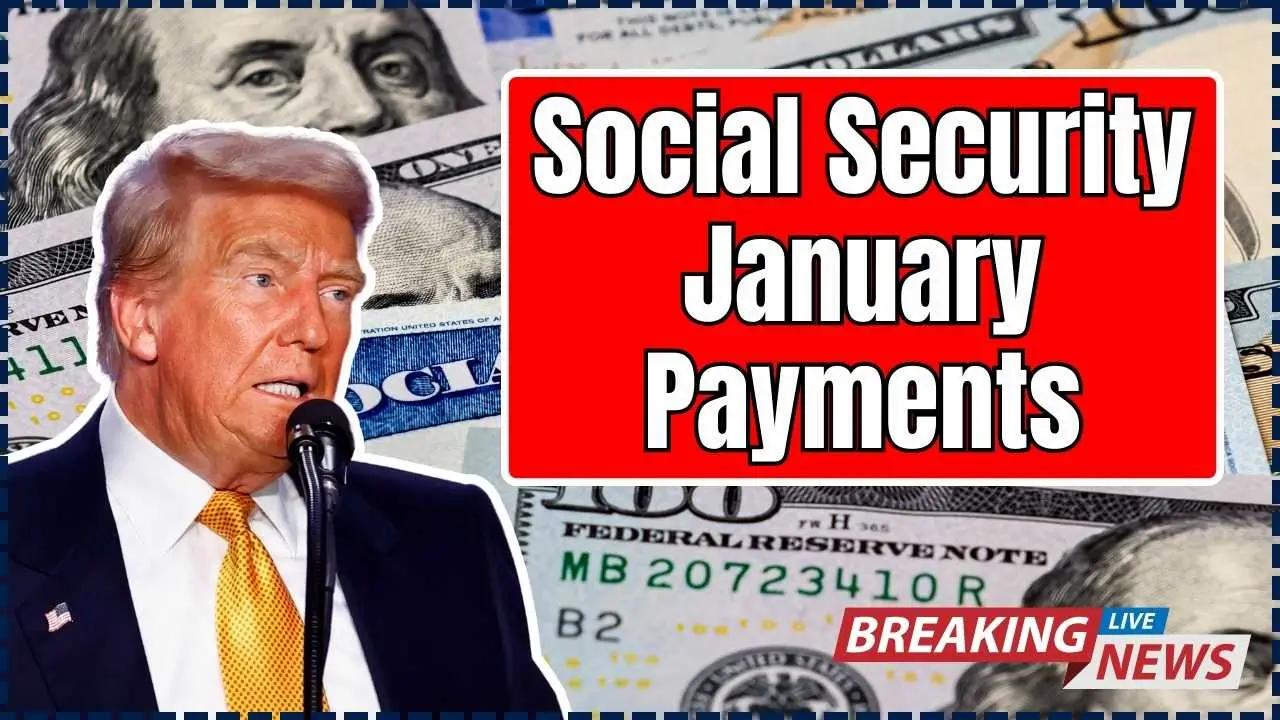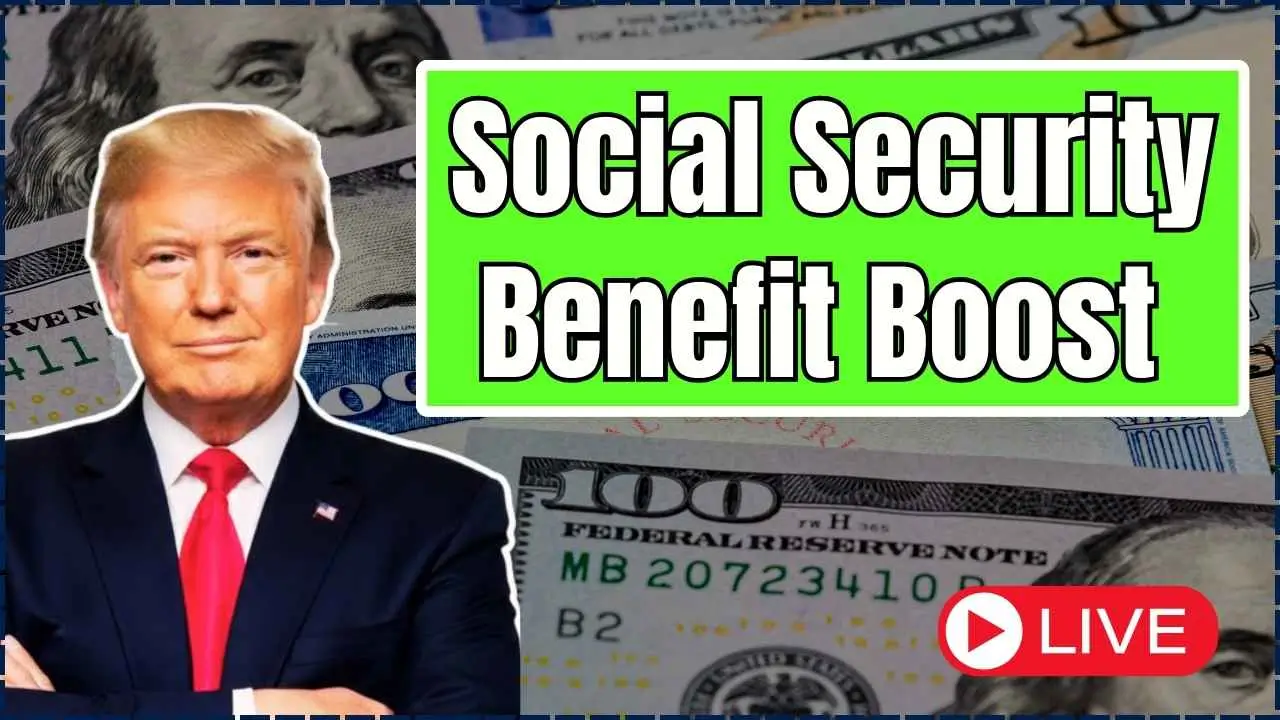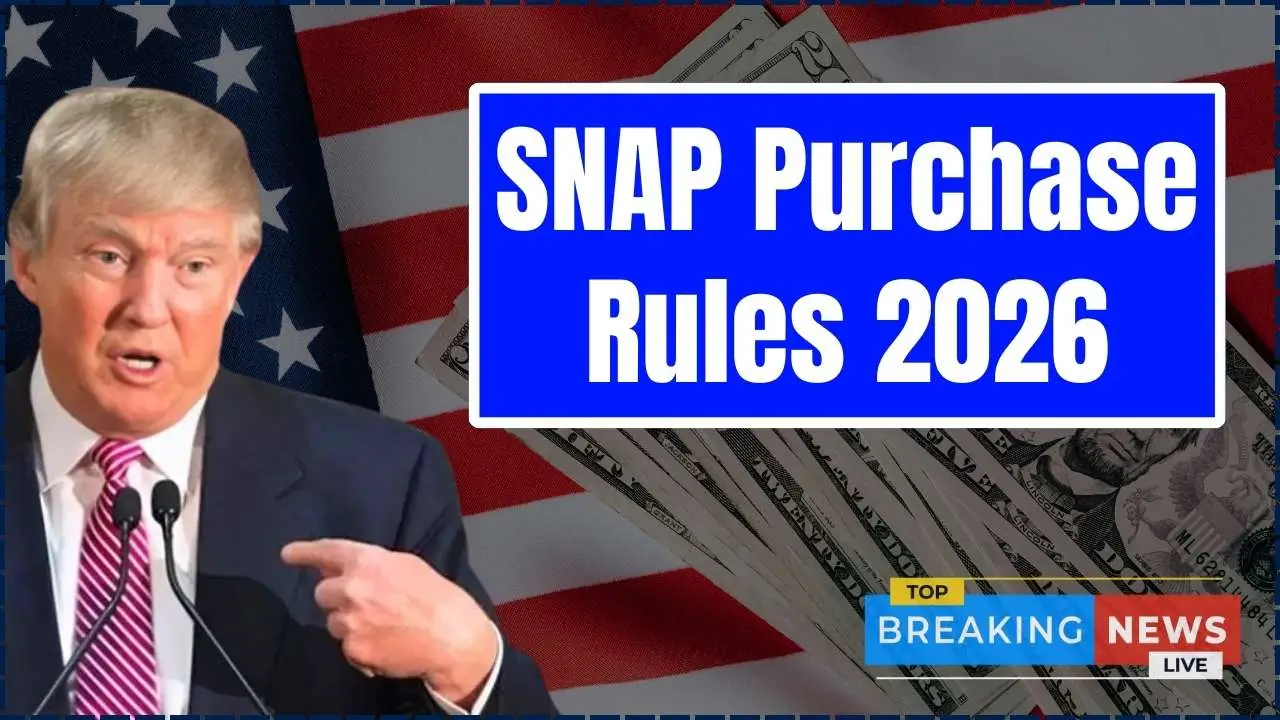On June 4, 2025, the Donald Trump administration enacted a significant expansion of travel restrictions, suspending and limiting entry to the United States for nationals from 19 countries. This Trump 2025 travel ban, officially outlined in a presidential proclamation, cites national security and public safety concerns, building upon similar measures implemented during his first term. The restrictions, which took effect on June 9, 2025, impact various visa categories, including immigrant and certain non-immigrant classifications.
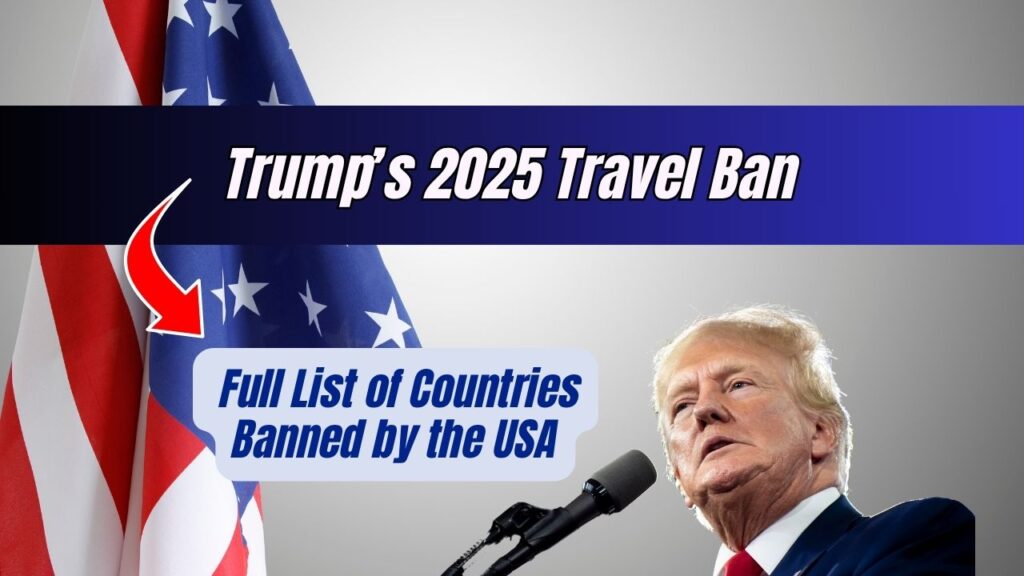
The proclamation categorizes affected nations into two groups: those facing a full suspension of entry and those with partial restrictions. This action has drawn swift reactions from international bodies, human rights organizations, and immigration advocates, raising questions about its humanitarian impact and legal challenges.
The Full List of Countries Under Restriction
The Trump 2025 travel ban identifies 12 countries subject to a full suspension of entry for their nationals, impacting all visa categories, both immigrant and non-immigrant. An additional seven countries face partial restrictions, primarily affecting immigrant visas and specific non-immigrant categories such as business, tourist, student, and exchange visitor visas.
Countries Under Full Suspension of Entry
- Afghanistan: Citing control by the Taliban, a Specially Designated Global Terrorist (SDGT) group, and a lack of competent central authority for document issuance and screening. High visa overstay rates were also noted.
- Burma (Myanmar): Identified due to high business/tourist (B-1/B-2) and student/vocational/exchange visitor (F, M, J) visa overstay rates, and historical non-cooperation with the U.S. on accepting removable nationals.
- Chad: Included due to consistently high B-1/B-2 and F, M, J visa overstay rates, indicating a “blatant disregard for United States immigration laws,” according to the White House.
- Republic of the Congo: Noted for elevated B-1/B-2 and F, M, J visa overstay rates.
- Equatorial Guinea: Cited for high B-1/B-2 and exceptionally high F, M, J visa overstay rates.
- Eritrea: Concerns include questions about the competence of its central authority for document issuance, unavailability of criminal records to the U.S., and historical refusal to accept back removable nationals. High visa overstay rates were also a factor.
- Haiti: High B-1/B-2 and F, M, J visa overstay rates are cited, alongside concerns about the influx of “illegal Haitian aliens” during the previous administration, potentially increasing overstay rates and national security risks due to a lack of central authority for law enforcement information sharing.
- Iran: Designated as a state sponsor of terrorism, with regular failures to cooperate with the U.S. government in identifying security risks and a history of not accepting back removable nationals.
- Libya: Lack of a competent or cooperative central authority for document issuance and a historical terrorist presence amplifying entry risks.
- Somalia: Concerns relate to inadequate screening and vetting measures and insufficient information sharing with the U.S.
- Sudan: Cited for lacking a competent or cooperative central authority for document issuance and screening, along with high visa overstay rates.
- Yemen: Lack of a competent or cooperative central authority for document issuance and screening, inability of the government to control its territory, and active U.S. military operations within its borders.
Countries Under Partial Restrictions (Immigrant and select Non-immigrant Visas):
- Burundi
- Cuba
- Laos
- Sierra Leone
- Togo
- Turkmenistan
- Venezuela
These partial restrictions primarily affect immigrant visas and non-immigrant visas in the B-1/B-2 (business/tourist), F (student), M (vocational), and J (exchange visitor) categories.
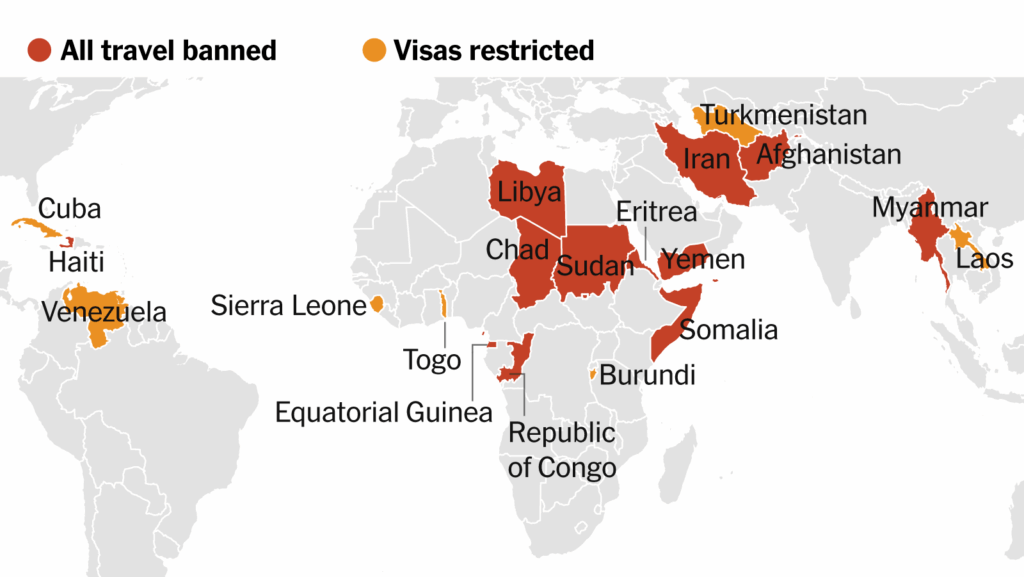
Rationale and Legal Basis
The Trump administration justifies the 2025 travel ban based on an executive order issued on January 20, 2025, titled “Protecting the United States from Foreign Terrorists and Other National Security and Public Safety Threats.”19 This order directed national security agencies to assess countries based on their vetting and screening capabilities, information-sharing policies, and country-specific risk factors, including terrorist presence, visa overstay rates, and cooperation in accepting removable nationals.
The White House states that the restrictions are “country-specific” and designed to encourage cooperation with the U.S. on security benchmarks. This latest proclamation expands upon the principles of the 2017 travel ban, which was upheld by the Supreme Court in Trump v. Hawaii (2018), affirming the President’s broad authority under the Immigration and Nationality Act (INA), specifically Sections 212(f) and 215(a), to restrict entry of foreign nationals deemed detrimental to U.S. interests.
Impact and Exemptions
The new travel restrictions are expected to significantly impact hundreds of thousands of individuals globally, affecting family reunifications, student exchanges, and business travel.22 The International Rescue Committee (IRC) has expressed deep concern, noting that the policy lacks a waiver process for urgent humanitarian cases and will likely bar entry for most refugees from the impacted countries, particularly those fleeing crises in nations like Sudan, Myanmar, Haiti, and Somalia, which are already on the IRC’s 2025 Emergency Watchlist.
However, certain exemptions apply to the ban. Lawful Permanent Residents (green card holders) are not affected and can continue to travel to the U.S. Dual nationals may be able to enter the U.S. using a passport from a non-banned country. Individuals with valid visas issued before June 8, 2025, are also generally exempt, though final entry remains subject to inspection at the border. Additionally, diplomats, certain government officials, and athletes traveling for official or sanctioned purposes may qualify for exemptions. Immediate relatives of U.S. citizens (spouses, children under 21, and parents) may also be exempt in some cases, provided they can offer “clear and convincing evidence of identity and family relationship.”
International and Domestic Reactions
The Trump 2025 travel ban has been met with significant criticism from various quarters. Human rights organizations argue that the broad nature of the ban is discriminatory and will disproportionately affect vulnerable populations, including refugees and asylum seekers. Advocacy groups like NAFSA: Association of International Educators have voiced concerns over the implications for academic exchange and global scientific collaboration, noting the disruption for students and scholars from affected regions.
Domestically, the policy has reignited debates over immigration, national security, and presidential authority. While supporters emphasize the administration’s prerogative to implement robust security measures, critics argue that such sweeping bans undermine American values and could have long-term geopolitical and economic consequences.
Future Outlook and Potential Challenges
The implementation of the Trump 2025 travel ban marks a significant shift in U.S. immigration policy, echoing the contentious measures of the previous administration. Legal challenges are widely anticipated, as advocacy groups are expected to contest the ban’s legality and its asserted justifications in federal courts. The long-term impact on U.S. foreign relations, especially with the affected nations and their regional allies, remains to be seen. As the policy continues to unfold, its full humanitarian, economic, and diplomatic consequences will become clearer.
FAQs
Q1: What is the Trump 2025 travel ban?
A1: The Trump 2025 travel ban is a presidential proclamation issued on June 4, 2025, that suspends and limits the entry of foreign nationals from 19 countries into the United States. It became effective on June 9, 2025, citing national security and public safety threats as its primary justification.
Q2: What is the difference between a “full suspension” and “partial restrictions” in the travel ban?
A2: A full suspension means that nationals from the designated countries (Afghanistan, Burma, Chad, Republic of the Congo, Equatorial Guinea, Eritrea, Haiti, Iran, Libya, Somalia, Sudan, Yemen) are generally barred from entering the U.S. under all immigrant and non-immigrant visa categories. Partial restrictions apply to nationals from a different set of countries (Burundi, Cuba, Laos, Sierra Leone, Togo, Turkmenistan, Venezuela) and primarily impact immigrant visas and specific non-immigrant categories like business/tourist (B-1/B-2), student (F), vocational (M), and exchange visitor (J) visas.
Q3: What are the primary reasons cited for implementing this travel ban?
A3: The administration cites several grounds for the ban, including: insufficient information sharing and identity management protocols by foreign governments, high visa overstay rates for their nationals, and the presence of terrorist organizations within a country’s territory or concerns about their cooperation in accepting removable nationals.
Q4: Does the ban apply to U.S. green card holders or those already in the U.S.?
A4: No, the Trump 2025 travel ban generally does not apply to lawful permanent residents (green card holders) or individuals who were already present in the United States when the proclamation took effect on June 9, 2025. However, those already in the U.S. from banned countries are advised to avoid international travel if they wish to remain in the U.S.
Q5: Are there any exemptions or waivers for the travel ban?
A5: Yes, certain categories are exempt, including U.S. lawful permanent residents, individuals with valid visas issued before June 8, 2025, diplomats, and some government officials. There are also provisions for immediate relatives of U.S. citizens (spouses, children under 21, and parents) who can provide clear evidence of their relationship. While national interest exceptions (NIEs) exist, they are generally difficult to obtain and require demonstrating that one’s entry would serve a vital U.S. interest and that they do not pose a security risk.
